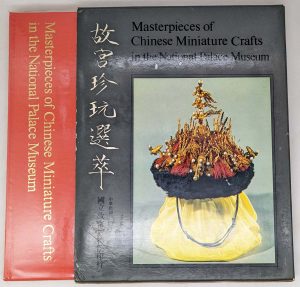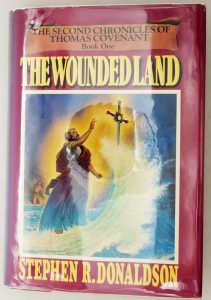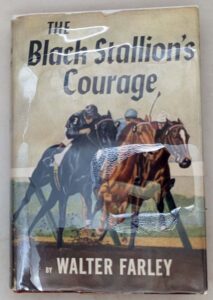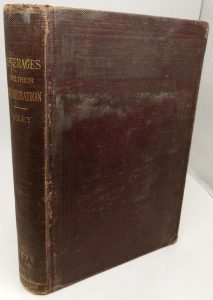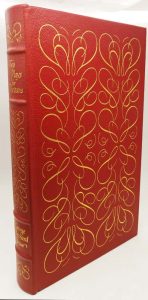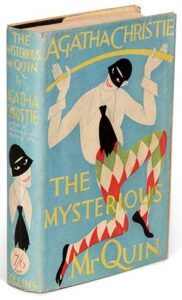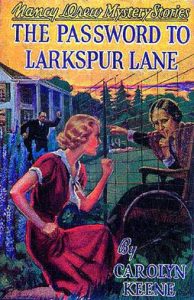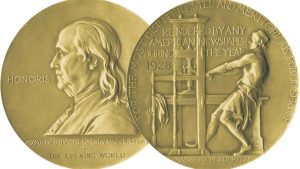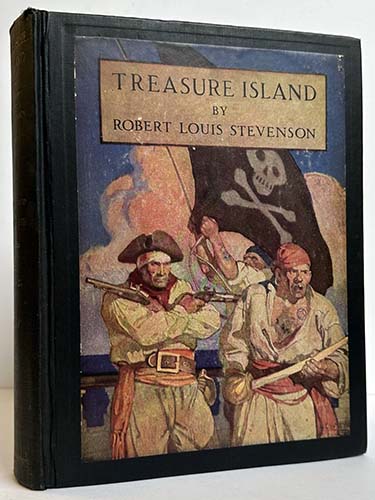
Treasure Island (1911), by Robert Louis Stevenson and illustrated by N.C. Wyeth, represents a seismic shift in the visualization of adventure literature, where Wyeth’s bold, painterly style forever redefined how readers imagine Long John Silver and young Jim Hawkins. Published by Charles Scribner’s Sons in New York as part of their prestigious “Scribner’s Illustrated Classics” series, this edition bursts with Wyeth’s dramatic compositions that blend American realism with romantic swashbuckling energy. His full-color plates—such as the iconic “Blind Pew at the Admiral Benbow Inn,” where shadowy menace looms under a tavern’s flickering lamplight, or “The Attack on the Stockade,” with its swirling smoke and glinting cutlasses—possess a cinematic intensity that plunges readers into the action. Wyeth’s mastery of light transforms tropical coves into liquid gold and ship decks into stages for high drama, while his character studies give Silver both terrifying cunning and unexpected humanity. The artist’s research shines through authentic period details: the Hispaniola’s rigging stretches with nautical precision, pirate tattoos mirror historical accounts, and the Bristol waterfront teems with 18th-century vitality. Unlike earlier illustrators who treated the novel as children’s fare, Wyeth approached Stevenson’s text with the seriousness of history painting, creating images that pulse with psychological tension and physical danger. The book’s production—thick stock paper, wide margins framing Wyeth’s illustrations, and a rich crimson binding stamped with his skull-and-crossbones design—makes this one of the most physically impressive editions of any 20th-century novel.
About N.C. Wyeth (1882-1945):
The patriarch of the Wyeth artistic dynasty revolutionized book illustration through works like this 1911 masterpiece. Trained under Howard Pyle at the Brandywine School, Wyeth brought the rigor of fine art to commercial illustration, using live models (including locals dressed as pirates) and plein air studies to achieve unprecedented authenticity. His Treasure Island paintings—created when he was just 29—established his signature style: heroic scale, chiaroscuro lighting, and a visceral sense of movement that made viewers feel the creak of ship timbers and the salt spray of the Caribbean. Unlike previous illustrators who depicted pirates as cartoonish villains, Wyeth’s Silver is a complex figure whose intelligence and menace leap from the canvas. The success of this edition spawned Scribner’s entire classics series, with Wyeth going on to illustrate Robinson Crusoe (1920) and The Last of the Mohicans (1919) with equal brilliance. Original paintings from this series, with their thick impasto textures and dynamic brushwork, now anchor museum collections from the Brandywine River Museum to the MET. Tragically, Wyeth’s career was cut short by a train accident, but this 1911 work remains his defining achievement—the moment American illustration grew up and claimed its place as narrative art.
For collectors of this edition, these companion works may captivate:
• Kidnapped (1913) also illustrated by Wyeth – his other Stevenson interpretation
• Howard Pyle’s Book of Pirates (1921) – showing Wyeth’s artistic roots
